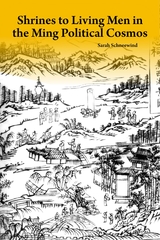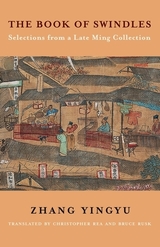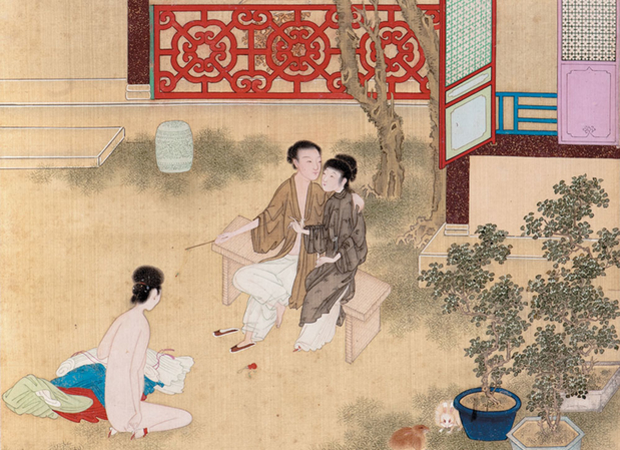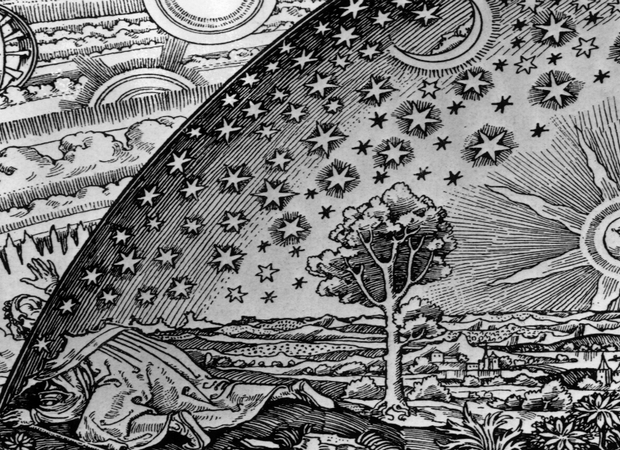
Shrines to Living Men in the Ming Political Cosmos
Schneewind places the institution of pre-mortem shrines at the intersection of politics and religion. When a local official left his post, grateful subjects housed an image of him in a temple, requiting his grace: that was the ideal model. By Ming times, the “living shrine” was legal, old, and justified by readings of the classics. Schneewind argues that the institution could invite and pressure officials to serve local interests; the policies that had earned a man commemoration were carved into stone beside the shrine. Since everyone recognized that elite men might honor living officials just to further their own careers, pre-mortem shrine rhetoric stressed the role of commoners, who embraced the opportunity by initiating many living shrines.











